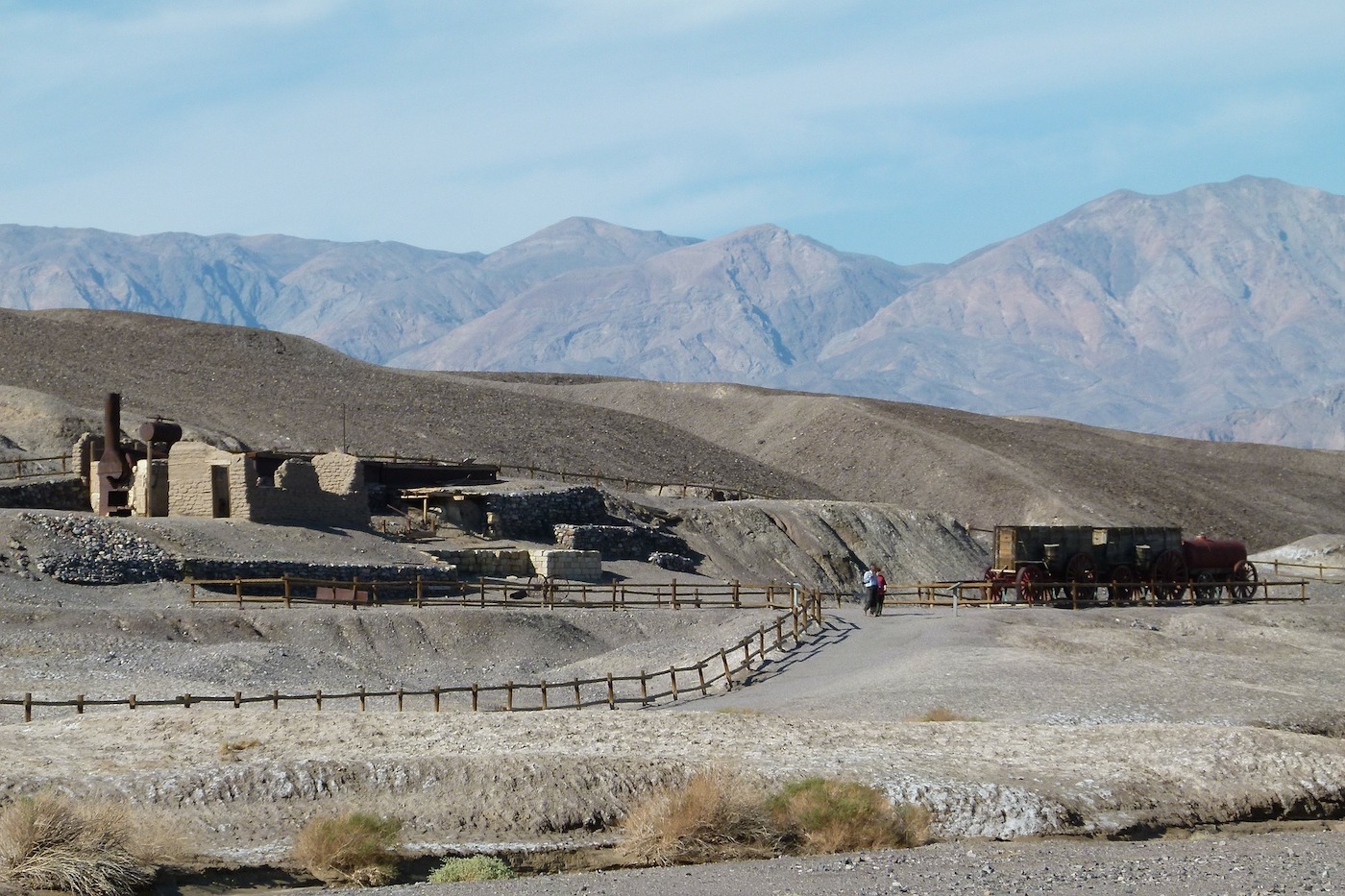 Microbiology
Microbiology
The antibacterial life of abandoned mines
The rapid worldwide rise in bacterial resistance to existing commercial antibiotics is a looming health crisis. Indeed, by the middle of the century, some predictions suggest that more people will die from bacterial infections than from cancer. There is a clear demand for new and alternative sources.

The rapid worldwide rise in bacterial resistance to existing commercial antibiotics is a looming health crisis. Indeed, by the middle of the century, some predictions suggest that more people will die from bacterial infections than from cancer. There is a clear demand for new and alternative sources of natural antibiotic compounds, and to meet this need we are looking at a relatively untapped, but widely-distributed group of microorganisms: freshwater green microalgae. Microalgae, which are responsible for the natural green tinge of many of our waterways, are photosynthetic organisms that are extremely diverse and survive in a wide range of environmental conditions. Microalgae are the only microorganisms to produce all eight amino acids essential to human health, as well as a range of other commercial and health beneficial biocompounds, such as pigments and omega 3 fatty acids.
Microorganisms, in general, are known to produce so-called "secondary metabolites" to deal with unusual or stressful conditions. That is a range of self-generated biochemicals not used for day-to-day living, but instead "manufactured" as a response to specific situations, such as attack by other organisms, or exposure to severe environments. We hypothesized that microalgae that have successfully adapted to the stressful conditions are likely, therefore, to have protected themselves through the production of potentially useful secondary metabolites, including antibiotics. The next stage was to decide where to look.
A long history of mining and mineral processing has created the potential for impacted water bodies. In particular, many historical abandoned mine sites have left behind a legacy of environmental impacts, often characterized by acidic water bodies that have high metal concentrations. These water bodies have traditionally been considered to have little to no value to society, and in many cases regarded as negative assets. In small water bodies at abandoned gold mines, despite the water being very acidic at pH 2.5 - compared to around pH 7 for "normal" water bodies - it is possible to spot the presence of green microalgae.
We, therefore, proposed a new use for water bodies in and near abandoned mine sites (and also potentially the tailings ponds of active mine sites): to bioprospect them for green microalgae. Looking specifically for those species that have adapted to various environmental stresses by producing a wide range of beneficial secondary metabolites.
To explore this hypothesis, we bioprospected a large number of water bodies near abandoned mine sites spread throughout Northern Ontario, Canada. We took water samples and isolated the local microalgae to extract their secondary metabolites and test them for antibiotic activity against the opportunistic human pathogenic bacterium Staphylococcus aureus. An opportunistic organism is one that does not necessarily harm its host but can cause disease when, for example, the host's immune system is compromised. S. aureus is an important opportunistic species that can cause skin and soft tissue infections as well as complications such as bacteremia, endocarditis, and pneumonia. S. aureus has been also associated with antibiotic resistance leading to serious infections in hospitals and the general community.
The results from the bioprospecting program have been impressive. Some of the secondary metabolites that we extracted were able to inhibit completely the growth of S. aureus in laboratory conditions. Furthermore, the microalgae species that we isolated near some abandoned mine sites, provided a 37.5% "hit rate" for antibacterial activity. This is a much higher success rate than similar studies on microalgae elsewhere in the world. Most of our bioprospected microalgae extracts were also effective at significantly lower concentrations than extracts used in the previous reported research. That is, they were more potent as antibiotics.
Whilst investment in further work is needed to identify the conditions that promote antibiotic production, which could include the harsh environment of Northern Ontario, and to isolate the specific active ingredients, the outcomes from this work highlight significant potential. This research indicates an opportunity for the mining industry worldwide and others (including public agencies) to investigate their sites, both historically abandoned and operational, for providing additional benefits to society.
Original Article:
G. N. A. Senhorinho, C. A. Laamanen, J. A. Scott, Bioprospecting freshwater microalgae for antibacterial activity from water bodies associated with abandoned mine sites. Phycologia 57, 432-439 (2018)Next read: Vaccine hope against a sexually transmitted disease: the answer to the burgeoning rise in a superbug by Helen Petousis-Harris
Edited by:
Massimo Caine , Founder and Director
We thought you might like
Fighting back antibiotic resistance: a new hope from the soil
Feb 24, 2016 in Microbiology | 4 min read by Dan KramerCollateral damage: antibiotics disrupt the balance in the gut
Jun 2, 2016 in Microbiology | 3.5 min read by Katri KorpelaInvisible allies for healthy juvenile growth
Oct 12, 2016 in Microbiology | 4 min read by Martin SchwarzerRed in Tooth and Claw: another weapon against antibiotic resistance
Oct 3, 2017 in Microbiology | 3.5 min read by Nicholas A. IsleyMore from Microbiology
Monoclonal antibodies that are effective against all COVID-19 -related viruses
Jan 31, 2024 in Microbiology | 3.5 min read by Wan Ni ChiaPlagued for millennia: The complex transmission and ecology of prehistoric Yersinia pestis
Jul 31, 2023 in Microbiology | 3 min read by Aida Andrades Valtueña , Gunnar U. Neumann , Alexander HerbigHow cellular transport can be explained with a flip book
Jun 5, 2023 in Microbiology | 3 min read by Christina ElsnerThe Achilles’ heel of superbugs that survive salty dry conditions
Apr 24, 2023 in Microbiology | 4 min read by Heng Keat TamNew chemistry in unusual bacteria displays drug-like activity
Mar 21, 2023 in Microbiology | 3.5 min read by Grace Dekoker , Joshua BlodgettEditor's picks
Trending now
Popular topics


